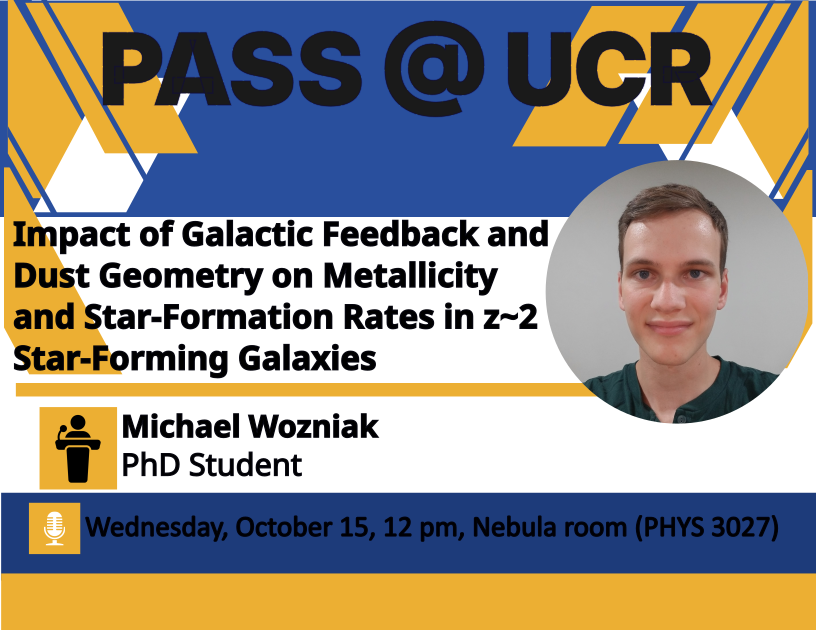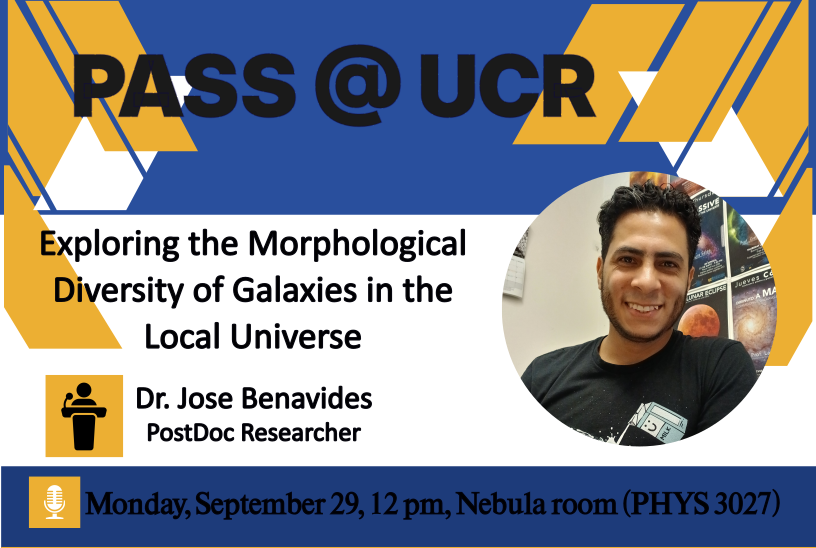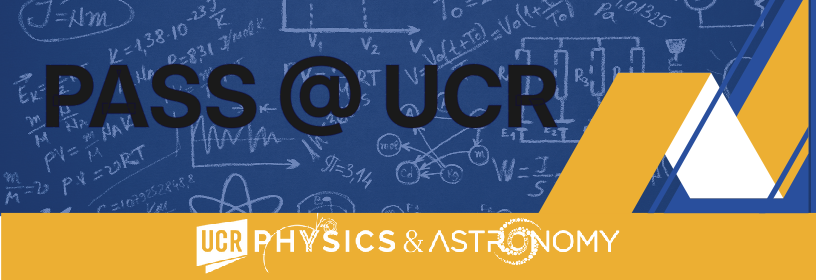
Stellar Variability: Star, Planet, and Galactic Connections
Tara Fetherolf, Postdoctoral Scholar Monday, 11:00 pm, Conference Room (PHYS 3051) Stellar Variability: Star, Planet, and Galactic Connections The shape and periodic nature of a star’s light curve can uncover important information about its intrinsic properties, including information about its magnetic activity, rotation, and potential stellar or planetary companions. Understanding stellar variability is especially critical for accurately constraining exoplanet properties and understanding how stars may affect planetary evolution. Stellar variability can also hide the presence of small exoplanets, such that constraining variability and finding exoplanets around variable stars is important for gaining a complete picture of exoplanet demographics. In order to understand the variability of stars across the sky, we developed the TESS Stellar Variability Catalog (TESS-SVC). The TESS-SVC contains ~84,000 stars that have been identified as being periodically variable (rotation, pulsation, eclipsing binaries, etc.) and has thus far been used for exoplanet confirmation, characterizing exoplanet host stars, and characterizing stellar activity and other types of variability. I will also discuss how we use the TESS-SVC to search for stellar activity cycles, investigate how exoplanets are impacted by active stars, and understand how variable stars may influence their Galactic environments. ...




